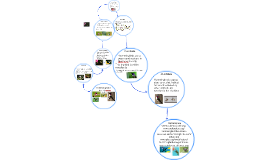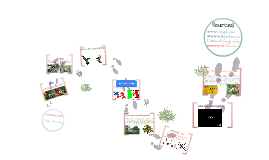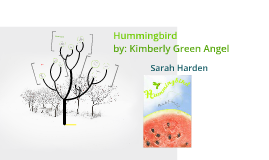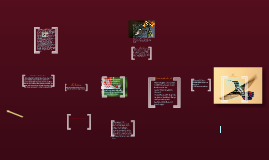hummingbird
Transcript: Hummingbid's may visit 1,000 flowers per day in their search for necter.Hummingbirds also eat mosquitoes,aphids,gnats,midges,caterpillers,flying ants,weevils,small beetles,whiteflies,and insect eggs. Hummingbirds can fly right,left,up,down,even upside down.A hummingbird`s wing is flexible at the shoulder,but inflexible at the wrist.When hovering,hummingbirds hold their bodies upright and flap their wings horizontally in a shallow figure-8.As the wings swing back they tilt flat for a moment before the wings are drawn. Please save these little creatures they're so small that they face lots of dangrous creaturs. Hummingbird's diet Where hummingbirds live Habitat loss and destruction are the hummingbird's main threats.As hummingbirds are often specially to each unique habitat, each species of hummingbird listed as vulnerble or endangered on the IUCN red list are all threatened due to habitat destruction and loss.The earth's changing temperatures due to climet change are affecting hummingbird migratory patternes, causing different species to be spotted in locations well outside their normal range,where it may be harder for them to find food. Physical features Fast facts Hummingbirds may look differant than other bird species,but they have a similar shape that makes them instantly recognizable.The stubby body, long wings and long, narrow bill are found in every hummingbird's shape. The needle-like bill of a hummingbird is its most unique physical feature. The bill is extremely long and thin compared to the bird's overall size, and it is used as a tube for the bird to lck nectar from flowers, sap wells and feeders with its long and angile tongue. The Amazing World of Hummingbirds Threats of a hummingbird Threats ummingbirds are tiny,but they face big conservation threats.Because of their small size,these birds are at greater risk than larger birds that may have more ability to adapt.Not only do pestisides and insetisides eliminate the insects that are an essential food source for hummingbirds,but the concetration of chemicals in the environment can impact these small birds far sooner than larger species.improper chemical use can esily poison hummingbirds.Feral cats as well as outdoor cats are a major threat to hummingbirds.Because hummingbirds feel repeatedly at the same food sources,a cat can lie in ambush and one swipe of a paw can kill a hummingbird where a larger bird may only be stunned and could still escape.Because many hummingbird feeders are placed near windows to provide good views of the feeding birds,window collisons can be common and deadly.Not only can the trauma of an impact hurt or kill a hummingbird,but if the bird's bill is damaged it may not be able to feed properly. Physical features Did you know that a hummingbirds heart can beat up to 1,260 beats per minute. A hummingbird's natural habitat is in the America's.Their range is as far north as Alaska and as far south as chile.Most hummingbirds live in South America.There are over three hundred types or species of hummingbirds making hummingbirds the second largest species of bird in the Western Hemisphere.Ecuador has the largest number of types or species of hummingbirds.There are more than 50 types or species of hummingbirds that breed in Mexico,more than 15 types or species of hummingbirds that breed in the United States,and more than more than 3 types or species of hummingbirds that breed in Canada.Many humminbirds love the habitat of wooded and foreted areas that have lots of flowers and well as in meadows and grasslands.There are also plenty ofhummingbirds living quite well in large cities,cool areas,warm areas,places that get snow,and dessert enviroments. H A hummingbird's diminutive size is one of its most familiar characteristics ,and in fact some hummingbird species are the smallest birds in the world.Other species,however,are larger and more robust,though they are still tiny when compared to other backyard birds Hummingbird Behavior Solution Hummingbirds physical features

















